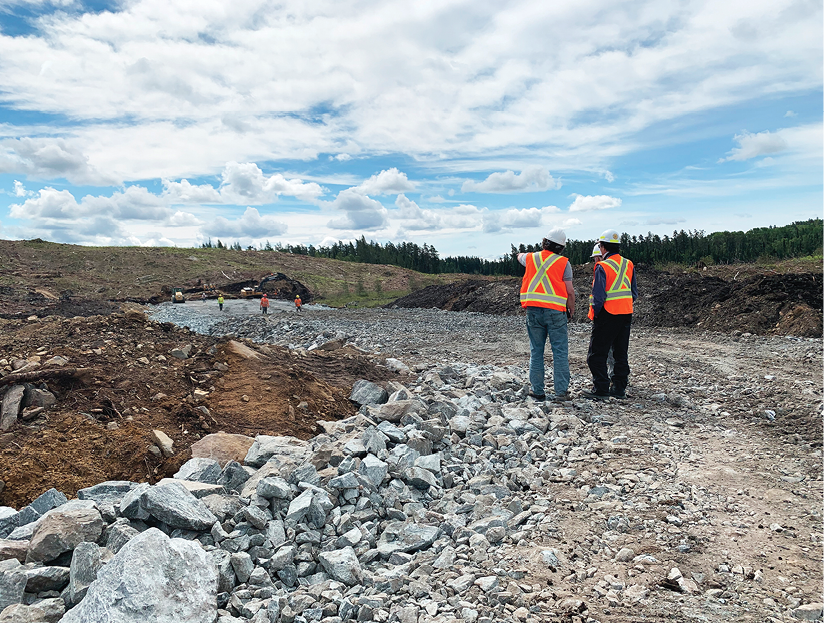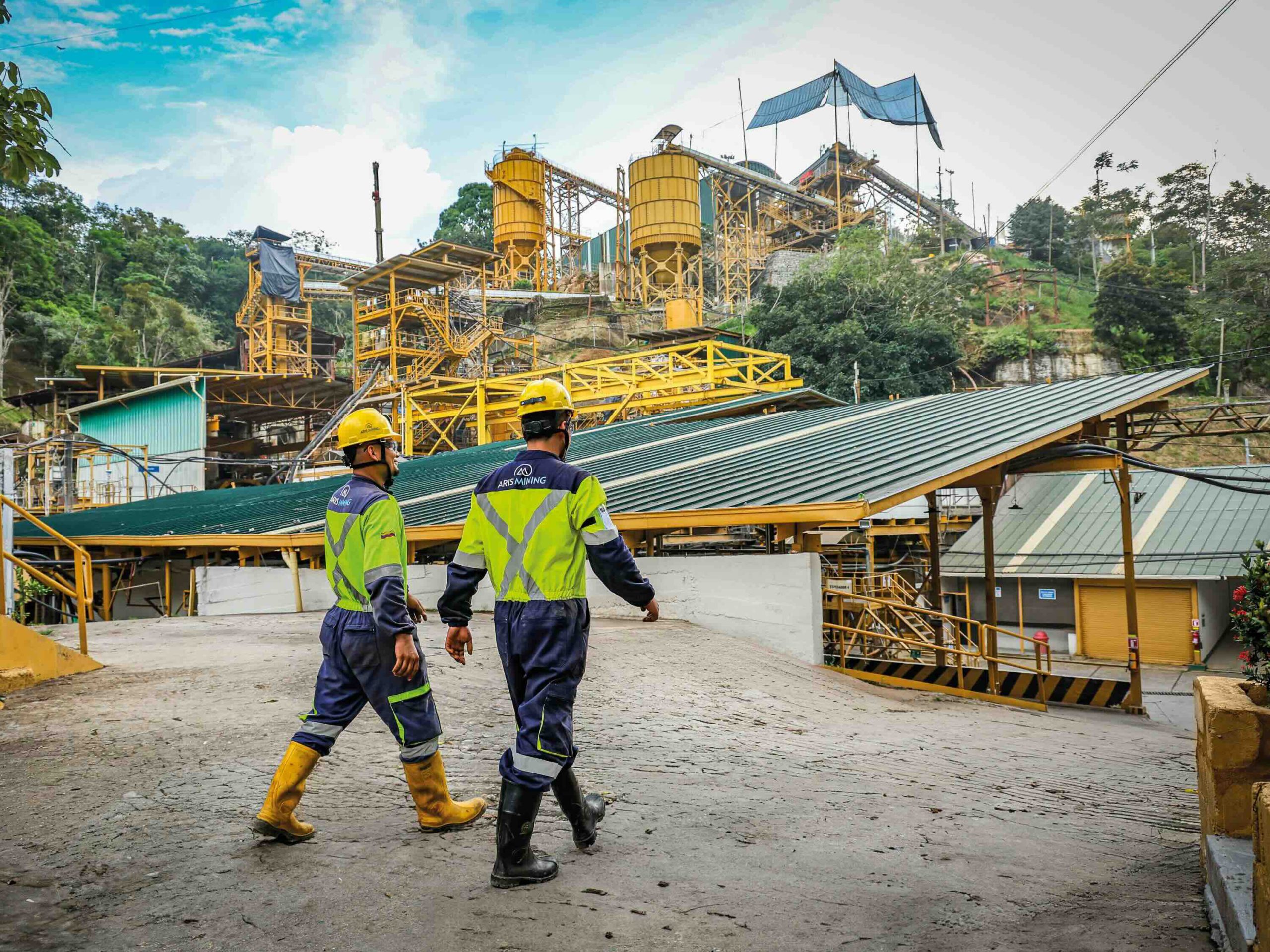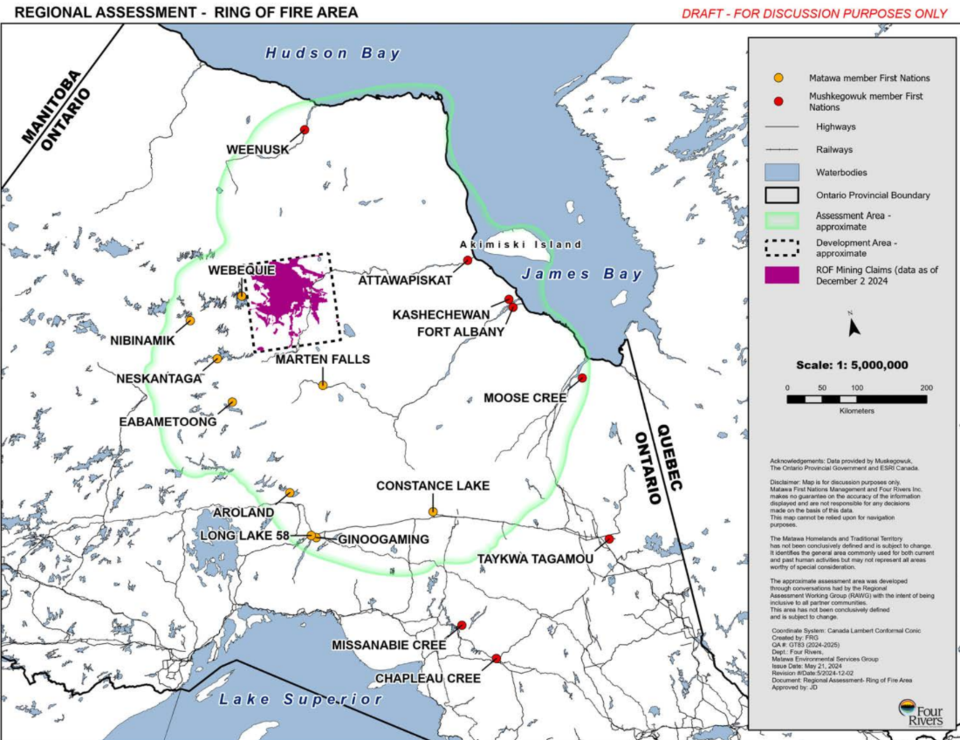Top trends in mine development

With rising metals prices spurring an increase in mine development activity across Canada, CMJ spoke to two of the engineering and construction management company contractors that are in the middle of the action to find out what they’re seeing on the ground. Wood is building the Côté gold joint venture between Iamgold and Sumitomo Metal Mining, in Ontario, while Ausenco is responsible for building the processing plant at Argonaut Gold’s Magino gold project, also in northern Ontario.
Contracting for cost control
Judging by the work that Ausenco has recently landed, EPC (engineering, procurement and construction) contracts are on the rise in North America. In January, Argonaut Gold awarded a roughly $200-million fixed-bid EPC contract for its Magino gold project in Ontario to Ausenco. Ausenco also recently won a $76.5-million EPC contract for Silvercrest Metals’ Las Chispas silver-gold processing plant, in Mexico. And it’s in the midst of finalizing a $236-million fixed price EPC contract with Artemis Gold for a 5.5 million t/y processing plant and related infrastructure at the Blackwater gold project in B.C.
In an EPC contract, the contractor guarantees the price at which the project will be delivered – providing cost certainty and transferring risk from the client to the contractor. In an EPCM contract (engineering, procurement and construction management) the client is at risk if costs escalate.
EPC is especially attractive to companies that are not financing projects internally, and really need certainty around plant costs because of financing conditions – especially juniors and mid-tiers.
Originally from Australia, Ausenco really started to get attention in North America after it completed a $90-million EPC contract to build a 2 million t/y carbon-in-leach processing plant for Atlantic Gold’s Moose River gold mine in Nova Scotia in 2017.
“I think that opened a lot of eyes for people,” says Garry Warren, Ausenco’s president, project delivery for North America. EPC had previously been “much more palatable” and popular in the Southern Hemisphere than in North America, Warren says.
“Whether because of of lower grades or higher costs, they’re always innovating to successfully execute projects,” he explains. In the case of EPC, this type of contract became popular there when “prices were running amok” years ago.
Increasing activity… leading to cost inflation?
After a lengthy lull in which few new mines were built, rising metals prices have awakened the market.
Ausenco’s Warren says there’s no denying that the industry is at the start of a new cycle.
“Gold bubbling along at US$1,800 an ounce and copper being north of US$4 a pound, you’re certainly seeing more activity in the marketplace and yes, eventually you will see flow through (to costs),” he says.
The industry last had a major problem with runaway capital costs about a decade ago, during a period of high construction activity.
It is reasonable to speculate that the uptick in mine development activity combined with supply chain issues that have arisen during the pandemic could feed cost inflation heading into the new building cycle.
Perhaps an early indicator of this trend, at presstime, Iamgold announced a significant increase in costs at its Côté joint venture, where construction began last fall with EPCM contractor Wood. The company now estimates its 70% share of costs at the joint venture project will be US$1.1-1.2 billion, up from US$875-925 million estimated last year.
Iamgold pointed to higher costs in several areas, including elements of the process facilities, increases in earthworks materials and manpower costs, as well as inflation related to pandemic-caused supply chain issues.
The Wood team confirmed separately that at Côté, they have seen increases in pricing for almost all construction materials, as well as drastically reduced bid validity periods.
Ausenco has also seen upward pressure on inputs during the pandemic.
“A big one that’s already bitten a lot of people is steel,” Warren says, noting a massive 30% plus increase in steel prices. “We had to endure that on a couple of projects. All I can say is that when people go EPC with us, that’s our risk to bear for the two years it usually takes to engineer and build a plant.”
Contractors, because they order larger volumes of equipment and materials from suppliers, however, have more negotiating power than a mining company would. “We can bring a bit more pressure to bear on some of the suppliers for certain things because we do buy a lot as an organization,” Warren says.
Michael Woloschuk, Wood’s VP of global business development and consulting, says it’s hard to make a blanket statement about whether the industry will see a comeback of capital cost inflation.
“What happens in a mining boom is a lot of the technology providers experience higher volumes of orders, there’s a fixed amount of capacity in terms of manufacturing large mills, so you tend to see the delivery of items being pushed out, Woloschuk says. “You’re probably going to see some impact on projects going forward with schedules because of potential delivery delays and also post-Covid in terms of logistics.”
Wood’s team also flags labour availability as something that will become an issue as mining construction activity picks up. As a result, the contractor says the mining industry should focus more on modularization and pre-fabrication/pre-assembly to reduce on site labour hours and improve safety.
ESG with a capital ‘E’
ESG pressures are affecting the way new projects get built.
“We are seeing right from the investor level, pressure for companies to have strong ESG programs – that impacts the way projects are moving forward,” says Woloschuk.
At the same time, cost pressures such as rising fuel prices, and the tendency towards mining more complex and deeper orebodies has also pushed miners toward new technology.
“The adoption of technology achieves some of what the investors are asking for, but it also produces projects that have better financial metrics,” Woloschuk notes.
Specific technologies that are gaining traction in response to these pressures are dry-stack tailings, and several technologies that reduce energy consumption: ore sorting, coarse ore flotation and high-pressure grinding rolls (HPGR) for more efficient grinding.
Dry stacking can offer up to a 65% reduction in footprint vs. conventional tailings, and increased water recovery – a significant factor where water is scarce, Woloschuk says. It also eliminates the risk of a tailings pond failure. SilverCrest’s Las Chispas and Nouveau Monde Graphite’s Matawinie project in Quebec are examples of new builds that will use dry stacking.
Energy savings feature in the design of the Côté plant. A high-tonnage, low grade project, Côté will incorporate what will be the largest HPGR in Canada, using rolls measuring 2.4 by 2.4 metres from WEIR.
Renewable energy and hydrogen technologies are also on the horizon as mines look to reduce their carbon footprint.
In addition to using an array of available technologies (and developing new ones), there’s a simpler way to reduce the footprint of a project – either by reducing the size of the plant through a very compact design or right-sizing a project rather than going for maximum tonnage.
For example, as the Côté project advanced through economic studies, Wood reduced the size of the processing plant from 60,000 t/d to 36,000 t/d. In the process, the project’s internal rate of return nearly doubled, says Woloschuk. “Bigger’s not always better.”

Autonomous equipment
Underground mines in Canada are well advanced with teleremote options for equipment operation.
The underground Odyssey development, an extension to the Canadian Malartic mine in Quebec that was approved in February, will be outfitted with an LTE communications network that will facilitate the operation of equipment from surface.
The Canadian Malartic Partnership for the Odyssey mine chose the technology because it is much more than an ultra-fast wireless communication network that allows workers to communicate with each other via cellular. For example, it will allow them in future to geolocate workers and equipment underground, which is important in the event of an accident for an effective and accurate response. Starting in 2023, operators will also be able to haul ore by remotely controlling the equipment from the surface using the LTE network.
Fully autonomous haulage systems for open pit operations are only starting to be implemented in Canada, but globally, they are already becoming standard.
“There are large mining companies that have said to us, ‘any mines that we build now will never have a driver in a truck – autonomous haulage fleets are going to be standard for us,’” says Woloschuk.
Iamgold’s Côté JV is slated to be the first open pit operation in Canada outside of the oilsands to employ autonomous haul trucks.
Autonomous fleets increase productivity by eliminating production pauses due to lunch breaks, shift changes, and meetings. Woloschuk notes there’s also a 10% increase in tire life compared with conventional trucking, and damage to equipment – a cost that miners don’t typically budget for – is reduced.
Lastly, automation results in a reduced head count and camp costs – and a shift in the types of skills needed in the mining workforce.
“Where you have a permanent camp at a project like Côté, you’re reducing the numbers significantly by not having truck drivers,” Woloshuk says. “The remaining operators onsite will typically be more multi-skilled and have lower exposure to repetitive stress injuries, so it is also a safety improvement.”





Comments